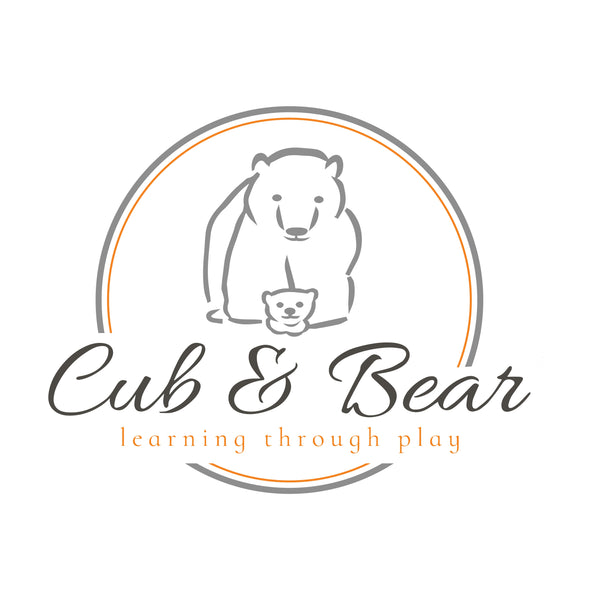The Joy of Birdwatching: Discovering Garden Birds
As we continue our exploration of January, one of the highlights of the winter garden is the variety of birds that visit. Garden birds are not only delightful to watch, but they also play a vital role in our ecosystem. At Cub & Bear, we encourage families to embrace the beauty of birdwatching and discover the unique species that can brighten our winter days.
Why Birdwatching is Important
Birdwatching offers an engaging way for children to connect with nature. Observing birds encourages curiosity and teaches patience as they learn to identify different species. Furthermore, by understanding the role of birds in our ecosystem, children gain a deeper appreciation for wildlife and the importance of conservation.
Identifying Common Garden Birds
Let’s take a look at some common garden birds you may spot during the winter months:
Robin: The cheerful red-breasted robin is a familiar sight in gardens during winter. Their friendly nature makes them a favourite among birdwatchers.
Blue Tit: Known for their vibrant blue and yellow plumage, blue tits are energetic birds often seen flitting between branches or visiting feeders.
Blackbird: With their glossy black feathers and bright orange beaks, blackbirds are often heard singing melodious tunes. Look out for their distinctive yellow eye-ring.
Sparrow: House sparrows are social birds commonly found in gardens. Their cheerful chirping and playful behaviour make them a joy to observe.
Engaging Activities for Birdwatching
To get started with birdwatching, here are some fun activities for your family:
Birdwatching Chart: Create a simple birdwatching chart featuring images of the common garden birds mentioned above. Encourage your children to tick off each bird they see during your outdoor adventures.
Bird Feeder Craft: Craft a DIY bird feeder using pinecones, peanut butter, and birdseed. Hang it in your garden and watch as the birds come to enjoy a winter snack.
Binoculars Adventure: Equip your little ones with binoculars (or even a cardboard tube) and head outside for a birdwatching adventure. Teach them to be still and quiet to observe the birds in their natural habitat.
Learning Through Observation
As you embark on your birdwatching journey, remind your children to observe the birds’ behaviours and characteristics. What do they eat? How do they interact with one another? Keeping a nature journal to record these observations can help children develop critical thinking and observation skills.
Fostering a Love for Wildlife
Birdwatching is a wonderful way to introduce children to the joys of nature and wildlife. As we enjoy the beauty of garden birds, we also nurture a sense of responsibility towards protecting our environment. At Cub & Bear, we’re excited to inspire families to appreciate and engage with nature.
Join us next week as we explore how to create a bird-friendly garden, making our outdoor spaces welcoming to these beautiful creatures!

